Your Ultimate Guide to Fall Fruits (The Stuff a Nutritionist *Actually* Tells You)
For well over a decade, I’ve been helping people navigate their health through food. And every year, it’s the same story. As summer’s bright, sunny energy fades, people get a little bummed out, missing the juicy berries and melons. They look at autumn’s harvest as a nutritional step down.
In this article
But honestly? I see it completely differently. It’s a necessary and, frankly, brilliant shift.
Autumn fruits offer a deeper, denser kind of nourishment. They’re packed with the specific nutrients our bodies are crying out for as we head into the colder months. This isn’t just about cozy comfort food; it’s about smart, seasonal biology. Our bodies are incredibly wired to these natural cycles, and eating in tune with the season is one of the most foundational things we can do for our well-being. This is the practical, real-world info I share with my clients.
Your Quick Cheat Sheet to Fall Fruits
Before we dive deep, here’s a quick guide you can screenshot for your next grocery run. Think of it as your game plan.
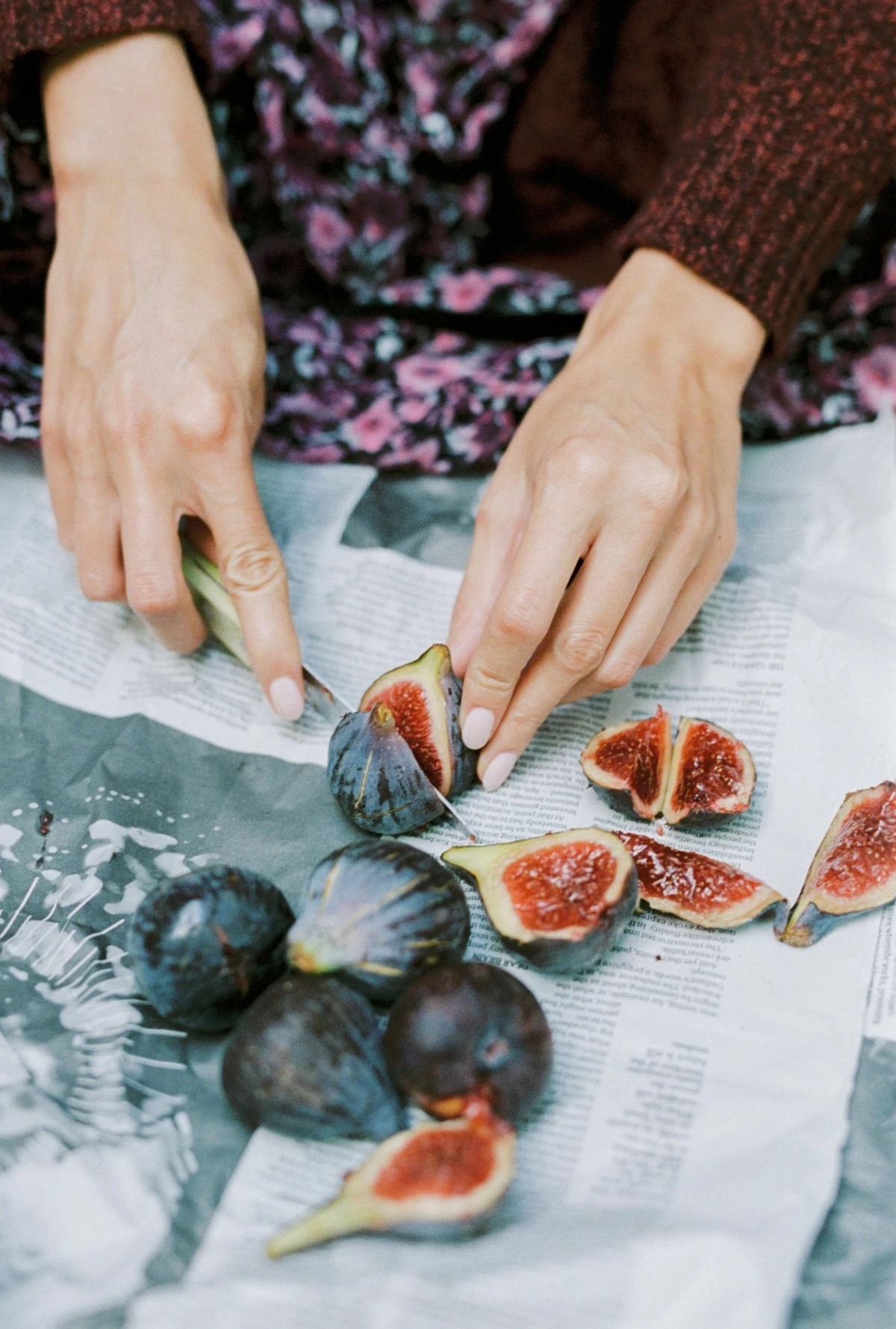
- For a Happy Gut: Apples and Pears are your go-to heroes.
- Need an Energy Boost? Grab some Dates or Grapes.
- Best Bang for Your Buck: Apples and Pears are usually super affordable.
- For a Vitamin C Kick: Kiwi is king, with Cranberries not far behind.
- Feeling a Little Splurgy? Treat yourself to some fresh, luscious Figs.
1. Apples: The Unsung Hero of Gut Health
The apple is so common we almost forget how powerful it is. In my practice, I call it a ‘foundational food’ for gut health, and it all comes down to one magic ingredient: pectin.
Pectin is a special type of soluble fiber that turns into a gel in your gut. This gel slows down digestion, which is great for keeping you feeling full and preventing those wild blood sugar spikes. A perfect serving is about one medium apple. I often recommend a small apple with a handful of almonds to clients who hit that 3 p.m. energy slump. It’s a combo that provides incredibly stable energy.
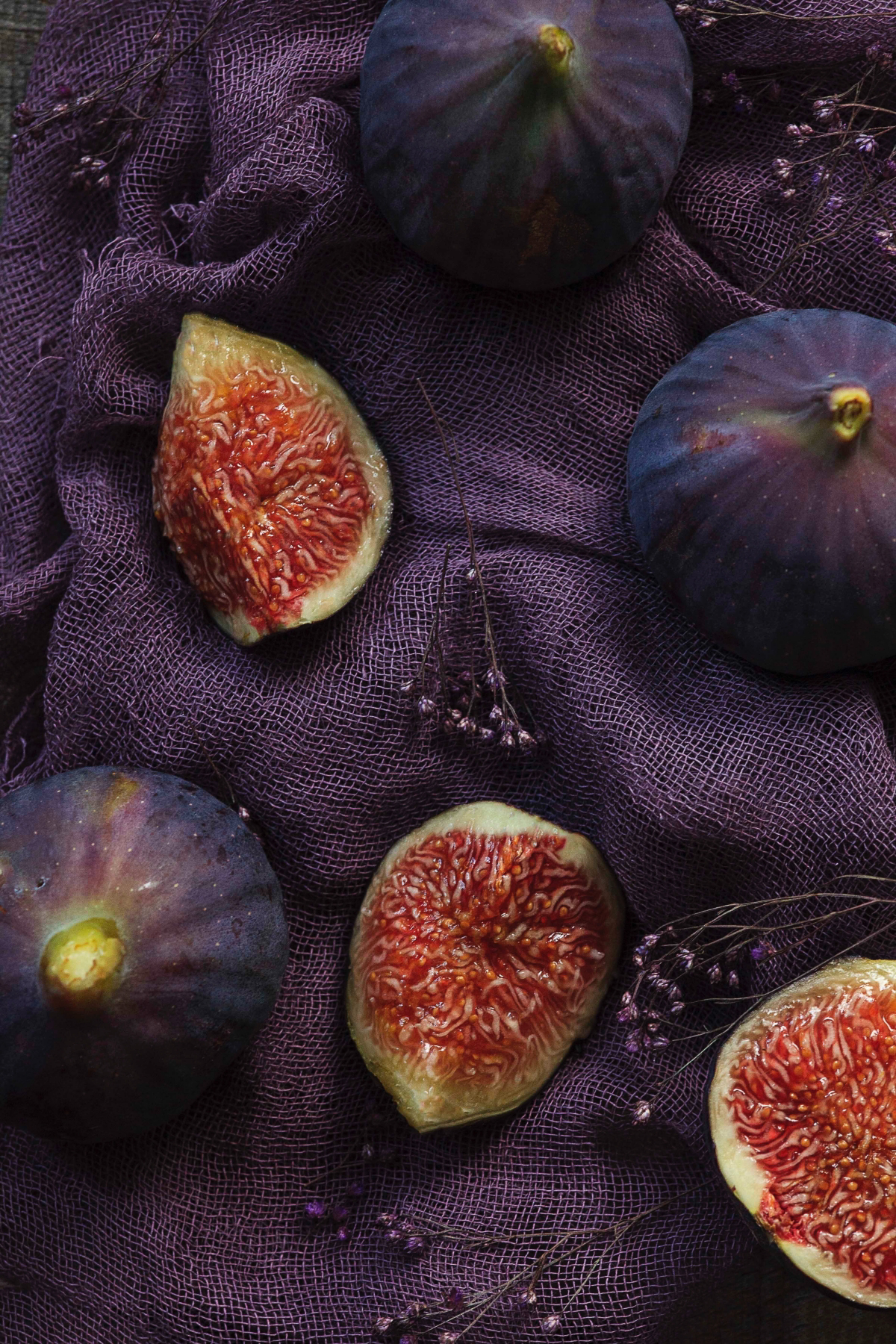
Oh yeah, and pectin is also a fantastic prebiotic, meaning it’s food for the good bacteria in your gut. A happy gut microbiome is linked to everything from a strong immune system to a better mood. And don’t forget about quercetin, a powerful antioxidant found mostly in the skin. It helps fight inflammation. So please, eat the skin!
Selection & Cost: Look for firm apples without soft spots. Apples are a great budget buy, often under $2 a pound, especially at farmers’ markets in the fall. Heads up, though: a well-known consumer guide consistently flags them for high pesticide residue. If buying organic is in your budget, it’s a great choice here. If not, just give them a good scrub with a vegetable brush under running water.
Practitioner’s Quick Win: Stew some apples! Core and chop two apples, add a half-cup of water and a cinnamon stick to a pot. Simmer for 10-15 minutes until soft. The cinnamon isn’t just for flavor; it also helps with blood sugar balance. But be careful with commercial apple juice—it’s usually just sugar water without any of the beneficial fiber.
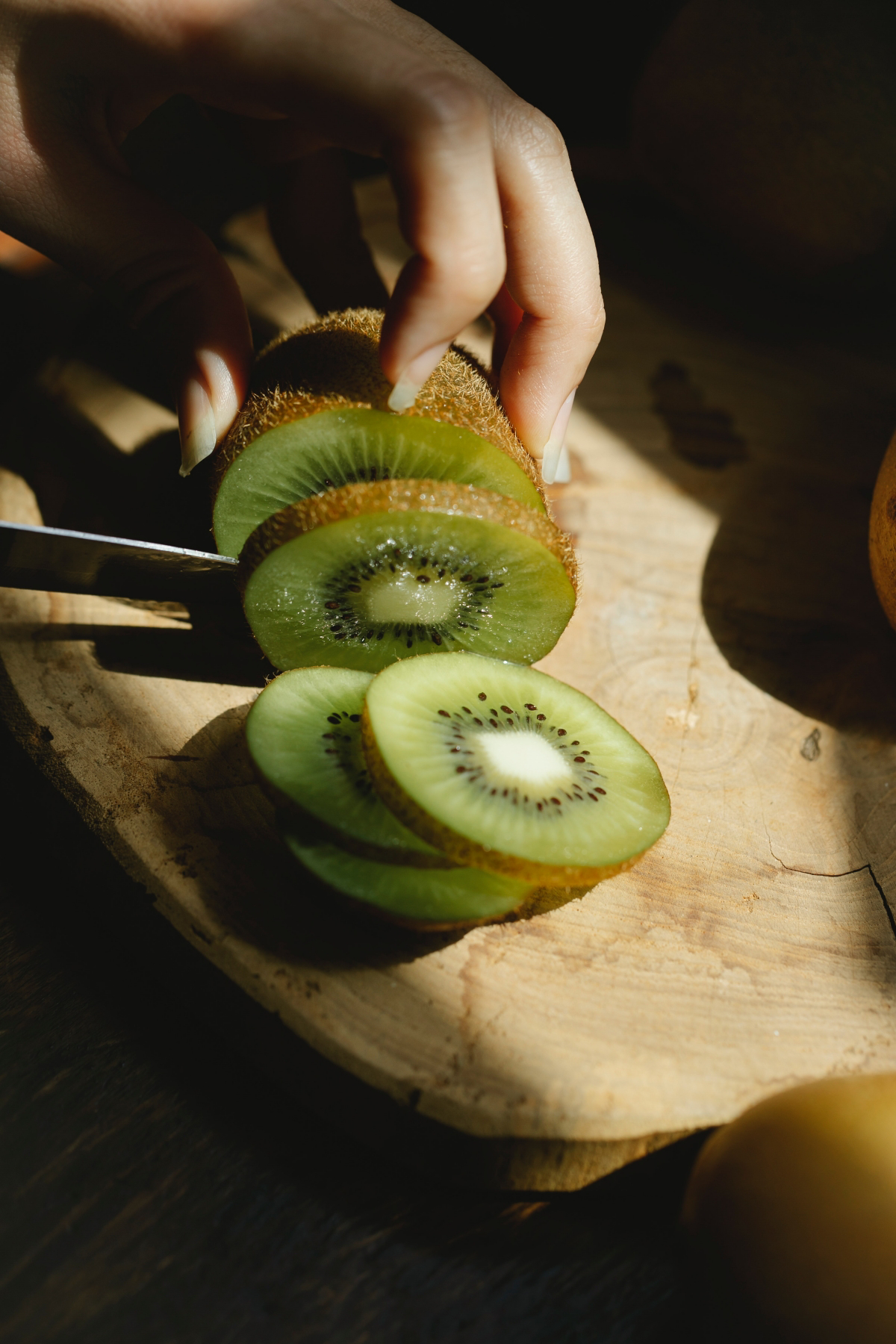
2. Pears: The Gentle Digestive Soother
Pears are like the apple’s calmer, gentler cousin. I find them especially helpful for people who need digestive support but are sensitive to the high acidity of some other fruits.
Like apples, they’re full of fiber, but they have a slightly different profile that’s excellent for promoting regularity. They also contain sorbitol, a natural sugar alcohol that gently encourages things to move along. Because they generally have a gentler effect on blood sugar, they’re a solid choice. One medium pear is a great serving size.
Selection & Cost: Pears are another budget-friendly pick. The trick is to buy them when they’re still firm. They ripen best on your kitchen counter, not on the tree. To check for ripeness, press gently near the stem—if it gives a little, it’s ready. Once ripe, pop them in the fridge to make them last.
A Quick Heads-Up: While pears are great for most, that same sorbitol can cause gas or bloating for people with Irritable Bowel Syndrome (IBS) or sensitivity to FODMAPs (a group of fermentable carbs that can be tough for sensitive guts to digest). If you’re sensitive, just start with a small portion.
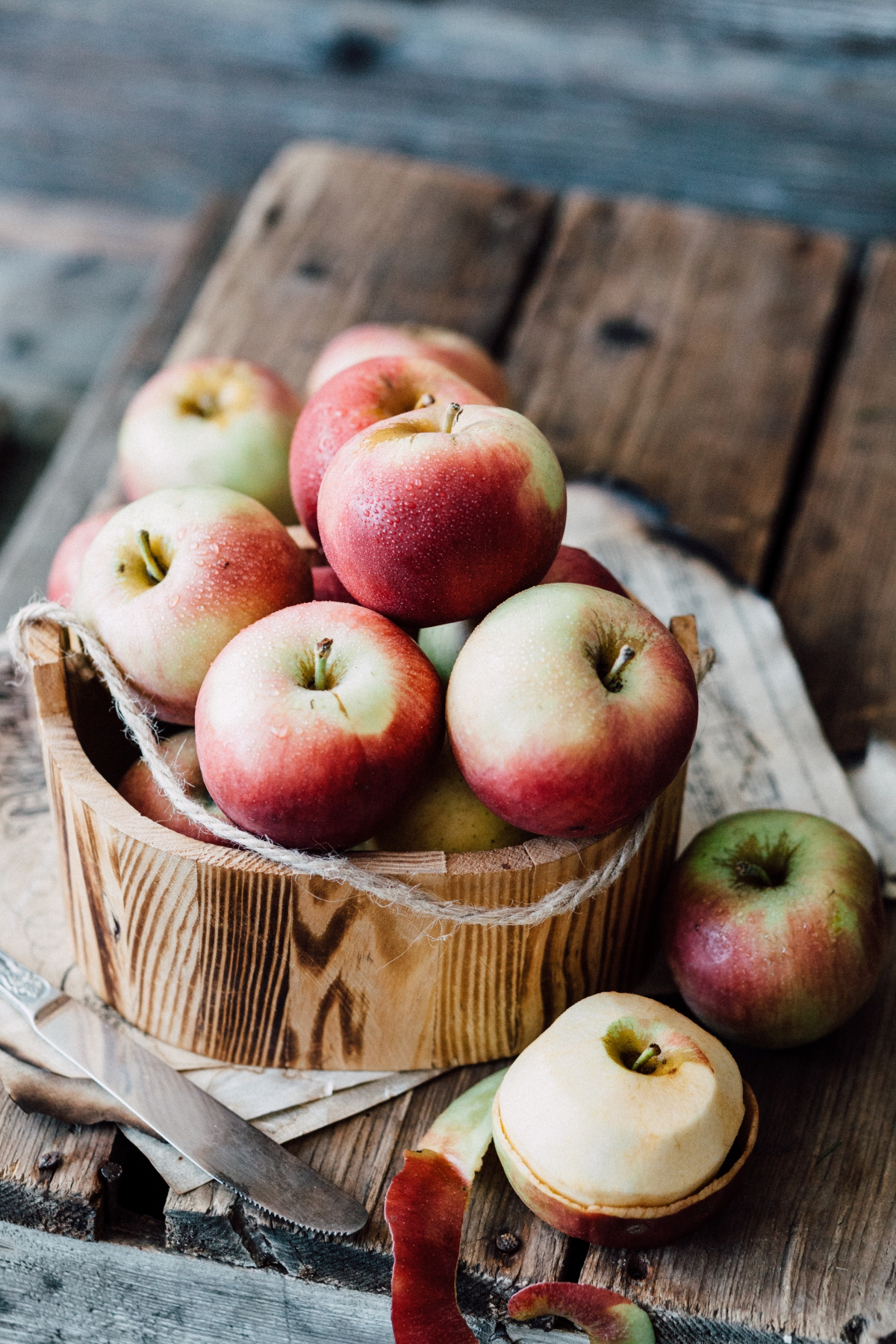
Practitioner’s Quick Win: For a simple, elegant snack, slice a ripe pear and top with a sprinkle of ground ginger. The ginger is warming and also fantastic for digestion!
3. Grapes: Potent Antioxidant Power
Grapes are so easy to pop in your mouth that it’s easy to dismiss them, but they are nutritional powerhouses. I often recommend them to clients focusing on heart health and healthy aging.
Their claim to fame is resveratrol, a powerful antioxidant found in the skins of red and purple grapes that’s been linked to better blood flow and less inflammation. The darker the grape, the more antioxidants you’ll get. They’re also a source of quick energy, making them a great pre-workout snack. A serving is about one cup, or a nice big handful (around 15-20 grapes).
Selection & Storage: Look for plump grapes on flexible, green stems. See that dusty white coating? That’s called ‘bloom,’ and it’s a good sign! It’s a natural protector, so don’t wash your grapes until you’re ready to eat them. Store them in the fridge away from smelly foods like onions.
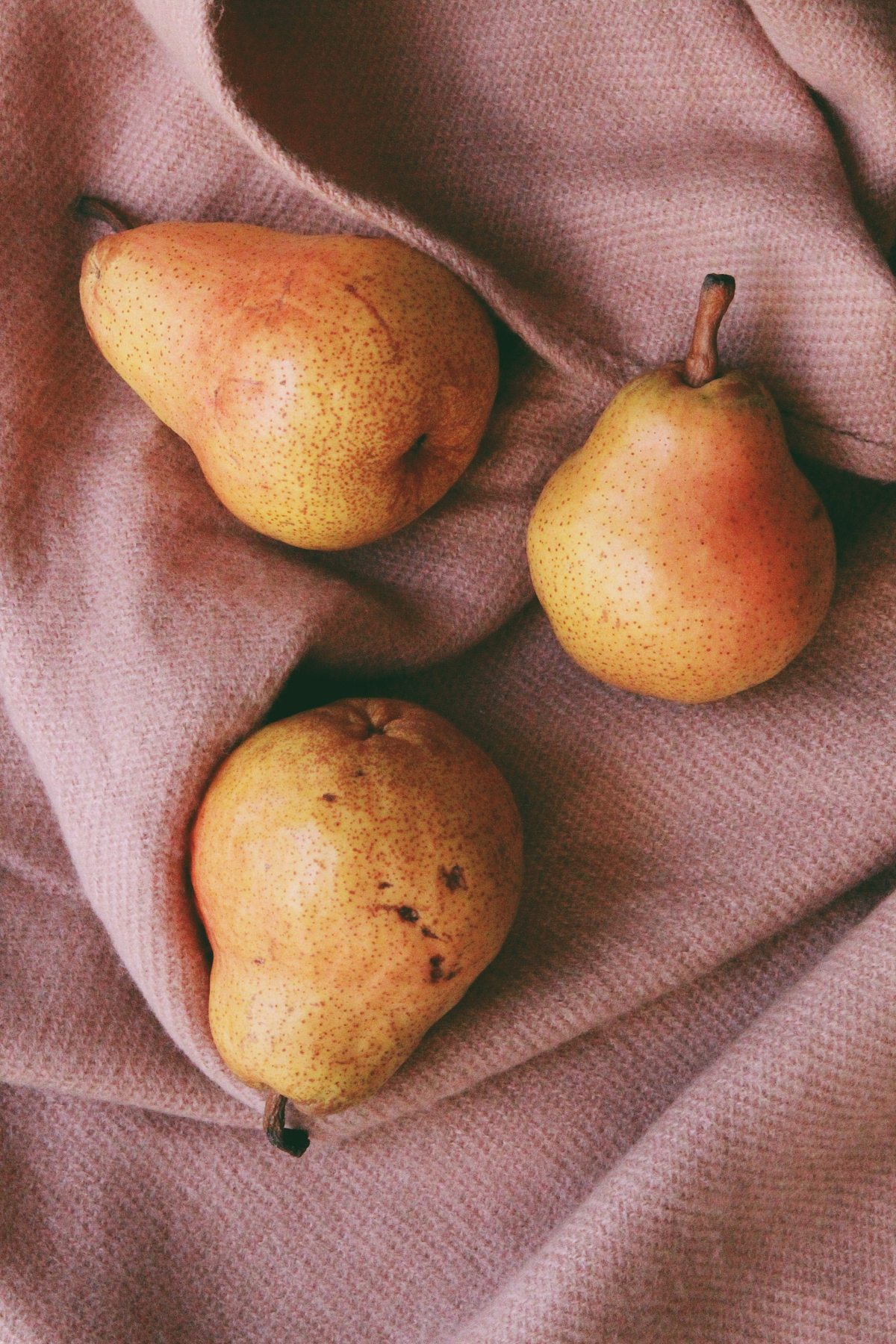
Practitioner’s Quick Win: Freeze them! Seriously. Washed and dried grapes, frozen on a baking sheet, turn into incredible little sorbet bites. It’s a game-changer for satisfying a sweet tooth without reaching for candy.
4. Figs: The Mineral-Rich Splurge
Figs just feel ancient and special, don’t they? When fresh figs show up in the fall, I tell everyone to grab them. They are a true seasonal treat and a unique source of minerals we often lack.
Figs are fantastic for their fiber, but their real superpower is their mineral content. They’re a great plant-based source of bone-building calcium and blood-pressure-regulating potassium. A serving is about 2-3 fresh figs. They also contain a unique enzyme that can help with protein digestion. Just know that dried figs are way more concentrated in sugar and calories, so enjoy those in smaller amounts.
Selection & Cost: Fresh figs are a splurge and can be hard to find because they’re so delicate. Expect to pay between $5 and $7 for a small container. Look for soft, plump figs and plan to eat them within a day or two. Store them carefully in the fridge.
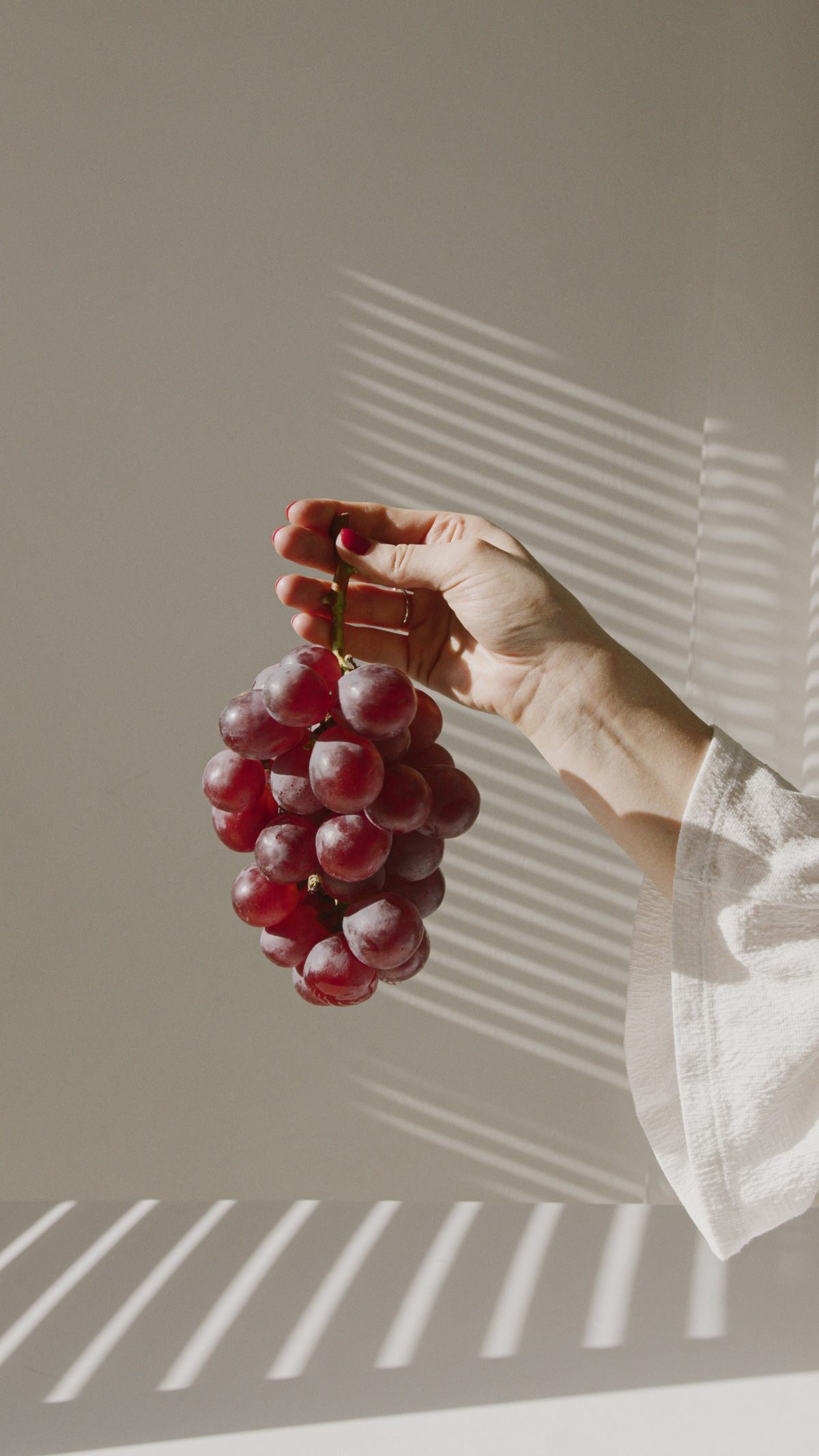
Practitioner’s Quick Win: The classic pairing of figs with goat cheese or prosciutto isn’t just delicious—it’s smart! The fat and protein help slow down the absorption of the figs’ natural sugars, giving you balanced energy instead of a crash.
5. Cranberries: More Than Just a Holiday Sauce
Most people only buy cranberries once a year, and that’s such a missed opportunity. These tart little berries are one of nature’s most potent functional foods.
Cranberries are famous for supporting urinary tract health. They contain unique compounds (called PACs) that act like a non-stick coating for your urinary tract, making it harder for certain bacteria to take hold. They are also bursting with Vitamin C.
A Critical Safety Note: Okay, let’s be crystal clear here. Cranberry can help prevent UTIs, but it is NOT a treatment for an active infection. If you think you have a UTI, you need to see a doctor. Trying to self-treat can lead to a much more serious kidney infection. Also, if you take blood-thinning medication, talk to your doctor before going heavy on cranberry products.
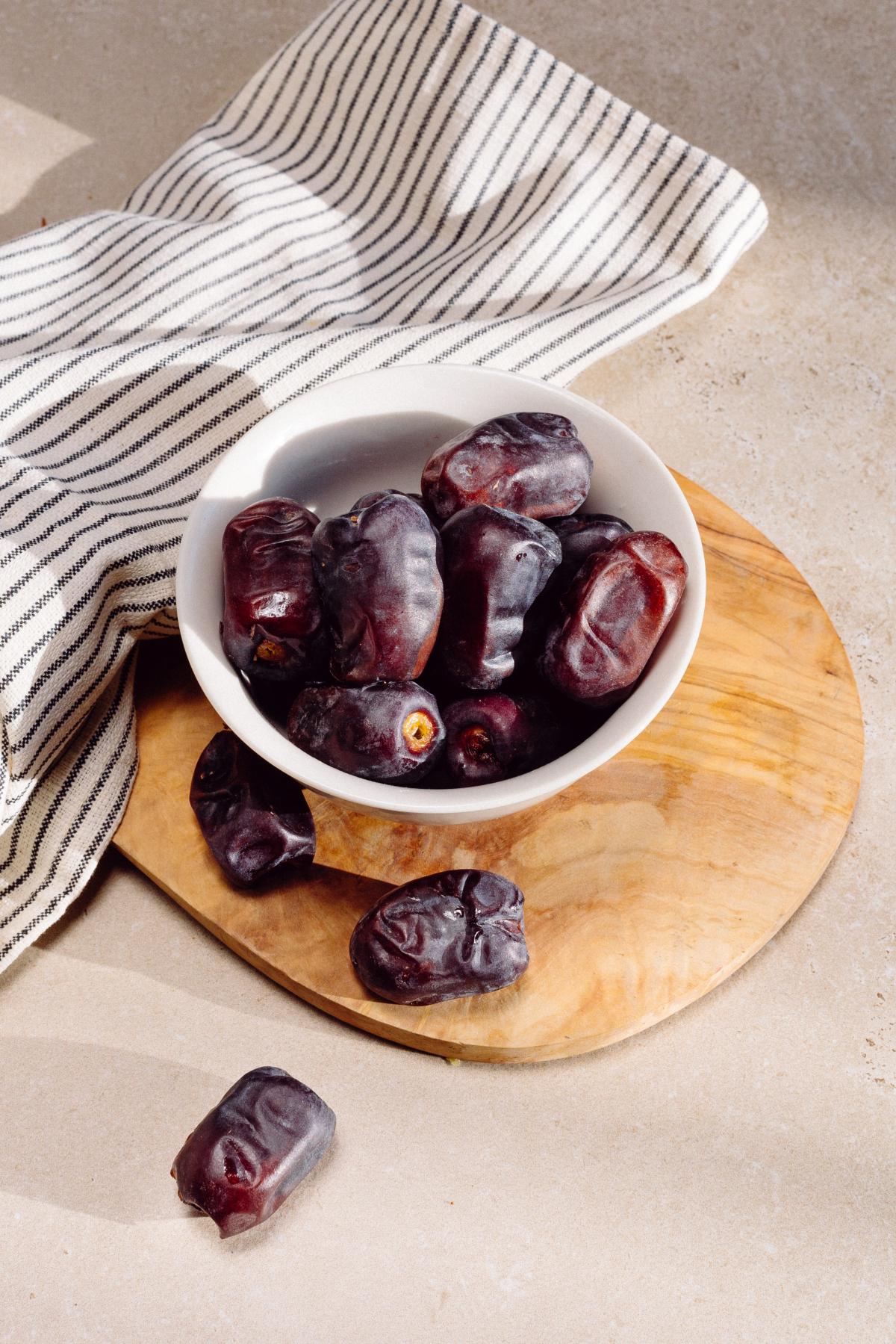
Selection & Use: You’ll find bags of fresh cranberries in the produce section from late fall through the new year. Look for firm, bouncy, deep-red berries. They store amazingly well in the fridge for weeks or in the freezer for a year.
Practitioner’s Quick Win: Skip the sugary canned stuff. Make your own simple relish by simmering one bag of fresh cranberries with a splash of orange juice and some orange zest. Sweeten it lightly with a touch of maple syrup. You control the sugar, and you get all the benefits of the whole fruit.
6. Dates: Nature’s Energy Bites
They call dates ‘nature’s candy’ for a reason. They’re intensely sweet, but unlike candy, they come loaded with fiber and minerals like potassium and magnesium. A serving is about 2-3 dates, especially the large Medjool variety.
This makes them an incredible source of quick, yet sustained, energy. I often build them into plans for athletes or anyone with a physically demanding job. They’re also fantastic for naturally sweetening smoothies or baked goods, letting you cut way back on refined sugar.
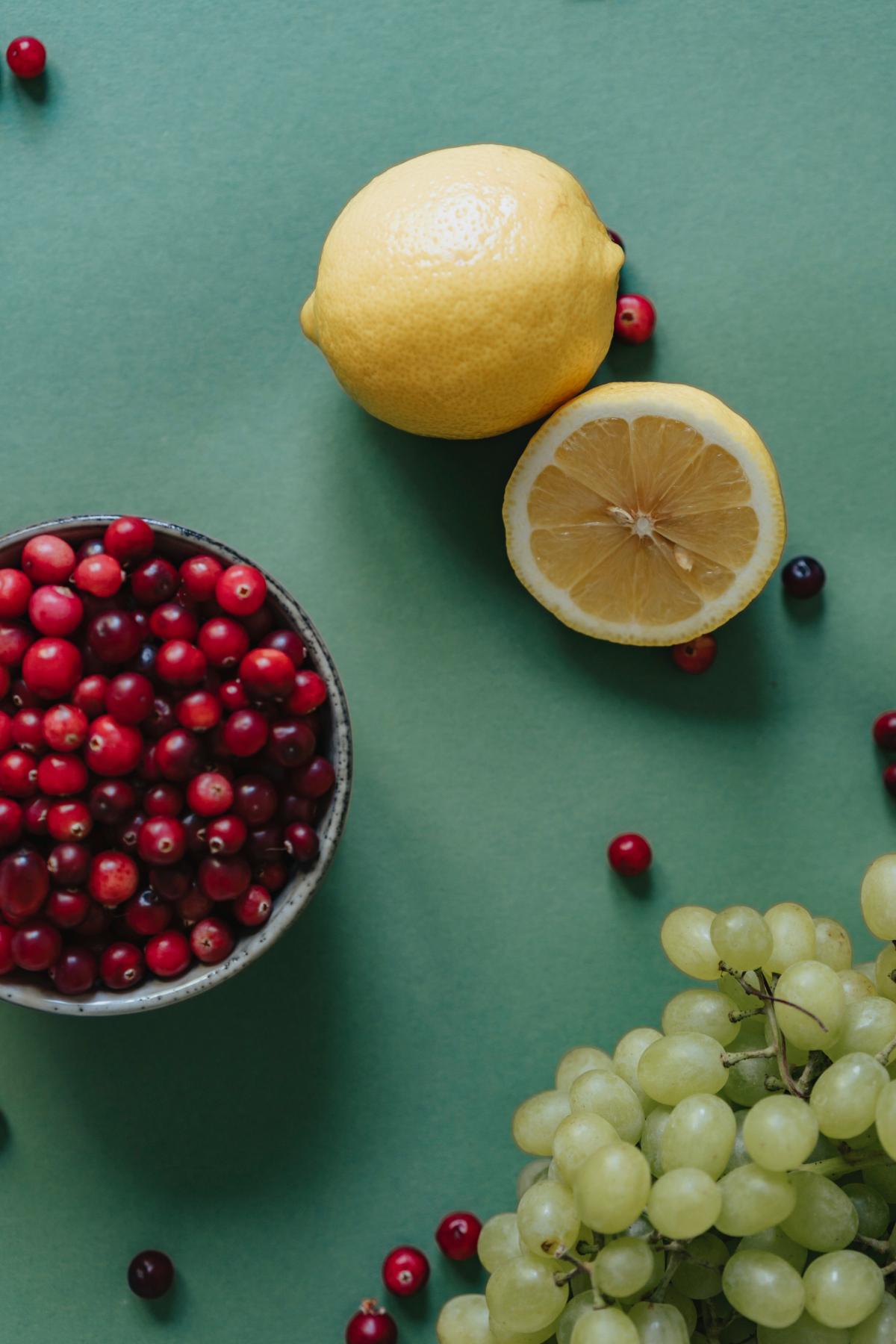
Selection & Storage: Look for plump, glossy dates. Store them in an airtight container at room temp for a few months, or in the fridge for up to a year.
Practitioner’s Quick Win: This is a client favorite. Remove the pit from a Medjool date and stuff it with an almond or a smear of peanut butter. It’s the perfect snack. Here’s why it works so well: the protein and fat from the nut slow down the sugar absorption from the date, giving you steady energy instead of a sugar rush.
7. Kiwi: The Late-Season Immunity Booster
Most people think of kiwi as a tropical fruit, but many varieties are harvested in late autumn, making them perfect for an immune boost right when you need it most.
Just one kiwi can pack more than a full day’s worth of Vitamin C, which is critical for a healthy immune system. They also contain a unique enzyme that helps digest protein, so they’re great after a big meal. A serving is one or two kiwis.
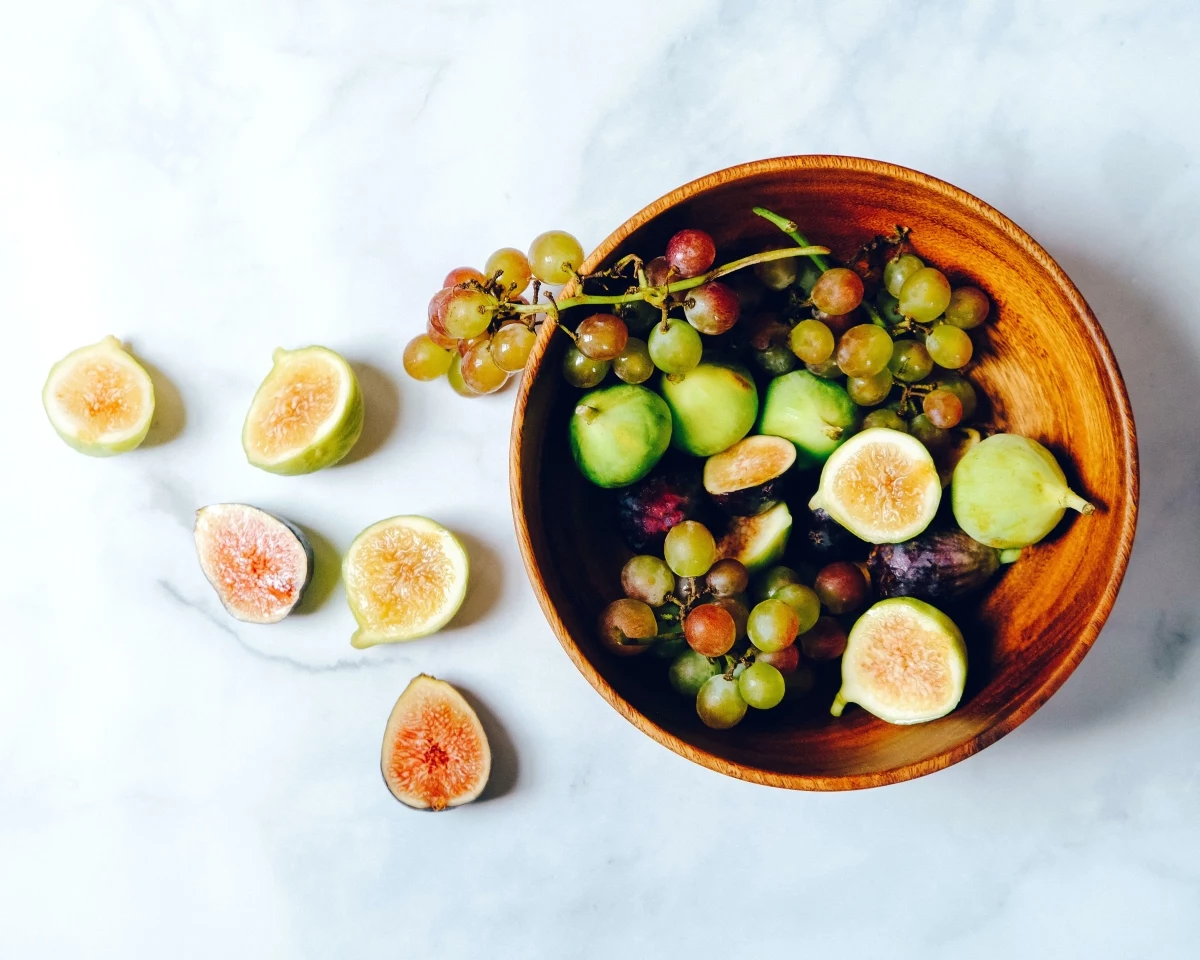
A Note on the Skin: Here’s a tip that always surprises people: the fuzzy brown skin is totally edible! In fact, eating it triples the fiber and adds a lot more nutrients. If the fuzz weirds you out, you can scrub it a bit, or even better, try the golden kiwi variety—their skin is smooth! Just wash it well.
A Potential Allergen Warning: Just a heads-up, kiwi can be an allergen for some people, sometimes causing a tingly mouth. If you have a latex allergy, you might be more likely to react to kiwi, too. When in doubt, start with just a small bite.
Practitioner’s Quick Win: Eat a kiwi for dessert after a steak or chicken dinner. That special enzyme it contains can actually help your body break down the protein, leaving you feeling less ‘stuffed’ and heavy.
Final Thoughts & A Challenge For You
Autumn’s harvest is a gift, offering a rich palette of fruits perfectly designed to get us through the season. By understanding what makes each one special, you can turn your weekly grocery trip into a powerful tool for your health.
So, here’s my challenge to you: Pick one new-to-you fruit from this list and try it this week. Roast some pears, freeze some grapes, or try eating the kiwi skin. Notice how you feel. Come back and tell me in the comments which one you chose!
Just a quick professional note: The information here is for educational purposes, based on my clinical experience. It’s not a substitute for professional medical advice. Food is amazing, but it’s one piece of your health puzzle. Always talk to your doctor or a qualified dietitian about your specific health needs, especially before making big dietary changes if you have a medical condition or are on medication.
Inspirational Gallery
Don’t toss those peels and cores! The parts of the apple you usually discard are packed with flavor and nutrients. Simmer them in a pot of water with a cinnamon stick and a star anise for about 20 minutes. Strain the liquid, and you have a beautiful, fragrant tea that’s warming and helps reduce kitchen waste. It’s a simple trick nutritionists love for extracting every last bit of goodness.
A single pomegranate can contain over 1,000 seeds (called arils).
Beyond their impressive numbers, these jewel-like arils are rich in anthocyanins, the same powerful antioxidants found in blueberries and red wine. Their burst of sweet-tart flavor makes them perfect for sprinkling over yogurt, salads, or roasted vegetables, adding a pop of color and a sophisticated nutritional boost that feels truly special.
Wondering how to build the perfect fall fruit board?
Think in textures and complementary flavors. Start with a base of crisp apple slices (like Honeycrisp) and juicy pear wedges. Add a cluster of deep purple grapes for sweetness. Then, introduce the luxurious element: fresh figs, halved to show their stunning interior. For pairings, a creamy goat cheese or a sharp aged cheddar cuts through the sweetness beautifully. A final drizzle of raw honey ties it all together.
To get the most out of your fall haul, store them right:
- Pears: Leave them at room temperature until they yield slightly at the neck, which means they’re ripe and ready to eat. To halt the ripening process, move them to the fridge.
- Apples: Keep them in the crisper drawer of your refrigerator, away from other produce. They release ethylene gas, which can cause other fruits and veggies to ripen too quickly.
- Grapes: Store them in the back of the fridge in their original perforated bag. Don’t wash them until you’re ready to eat, as excess moisture encourages mold.
Fresh Cranberries: Bright, tart, and firm. They are fantastic for making sauces, holiday relishes, or adding a tangy pop to baked goods like scones and muffins.
Frozen Cranberries: A brilliant budget-friendly option available year-round. They work perfectly in smoothies (no need to thaw!) or cooked dishes, as the freezing process has already softened their cell walls. For most cooked applications, they are a direct and savvy substitute for fresh.
- A kitchen filled with the scent of cinnamon and cloves.
- A beautiful, homemade gift for friends and neighbors.
- A delicious, healthy spread for your morning toast.
The secret? A slow-simmered pear butter. Simply cook down ripe, chopped pears with a splash of apple cider, a bit of maple syrup, and your favorite fall spices until thick and jammy. An immersion blender, like a Bamix, can help create an ultra-smooth texture right in the pot.
Persimmons offer a taste of honey-like sweetness unlike any other fall fruit. For a truly unique experience, look for Hoshigaki, the Japanese art of air-drying persimmons. The fruit is peeled, hung, and gently massaged over several weeks, concentrating its sugars into a dense, chewy delicacy with a complex flavor that is worlds away from a fresh persimmon. It’s a testament to how tradition can transform a simple fruit into a culinary treasure.
Ever felt intimidated by quince?
This hard, lumpy cousin of the apple and pear is a hidden gem. Raw, it’s astringent and inedible, but cooking transforms it completely. When poached or baked, its flesh turns from white to a beautiful rosy pink, and its flavor develops into a fragrant blend of apple, pear, and citrus. Try simmering slices in water and sugar to create a simple syrup for cocktails or a delicious compote to serve with pork or a cheese plate.










